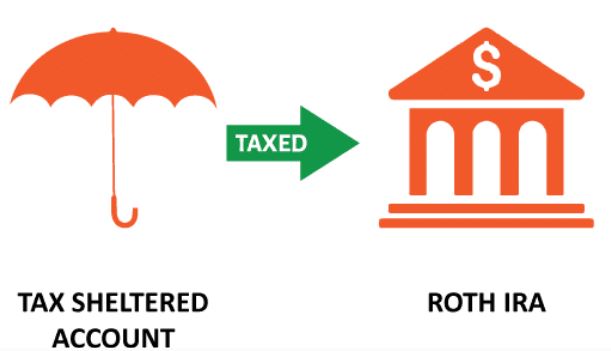
I left Boeing after 10 years and took my retirement as a lump sum payout. I had to move it into a traditional IRA. I then used that money to purchase a single-family house with that traditional IRA money. I received a significantly better return from the rental property than I would have had I stayed in the Boeing retirement plan. This was a good idea at the time. I probably should have put it into a Roth IRA at that point, but that’s water over the dam.
Now, with the passage of the Big Beautiful Bill, there are several benefits for retirees, including getting an additional deduction of $6K for singles, and $12K for married filing jointly.
Going back to doing a Roth conversion of a traditional IRA. If you have a house in a traditional IRA and want to convert it over, you have until you are 73 before the Required Minimum Distribution (RMD) takes effect. The RMD is the amount you MUST take from your traditional IRA. For example, say you have a house in your IRA that’s worth $400K. The RMD at age 73 is $400K/26.5 or about $15K. This is treated as regular income. This may or may not bump you into a higher tax bracket. Interestingly, after you take the $15K out, 1/26.5 of the property is now in your name. So you own 1/26.5 of the property. Each year, this would increase slightly based on the value of your property. Essentially, if you do this, you’ll own the property after 26.5 years. Then, after you own it, when you go to sell it, since you don’t live in it, you’ll have to pay capital gains taxes. Here’s where a Roth conversion comes into play.
An alternative to that is to do a Roth conversion. For me, at 67, I have 6 years to convert a house from a traditional IRA to a Roth IRA. Now, a lot of things depend on what your income is, etc. But you can convert a lot of a property’s value over each year without getting into a higher tax bracket.
Yes, you will have a higher tax bill for each year, but you won’t get walloped with a huge tax bill for doing the conversion in one year. Interestingly, as you move percentages of the property over to the Roth, you have to move relative proportions of the rental income to the Roth account, too. The amount you have to move is a proportion of the amount each IRA holds of the property, that is, the amount after paying expenses, taxes, insurance, etc. If you’re getting $1500/month in rent, your actual rental income is probably equal to 10 months of income (less taxes and insurance). In reality, you’re getting about $15K in annual rental income. And, if you’ve rolled over 1/6th of the property into the Roth, 1/6th of your rental income (about $2,500) rolls over to the Roth, too. That amount will increase as you move portions of the property over each year.
OK, so what? Well, that income in your Roth account can be taken tax-free and used for anything you want. Like paying for the additional taxes on the income you received by doing the Roth conversion. So, with real estate, you can use the money from rents to offset the cost of rolling over the property from a traditional IRA to a Roth IRA.
And, the bonus is that because it’s in a Roth IRA, any withdrawal is tax free!! So, even if you sell the property, all proceeds are tax free. Just something to keep in mind if you have properties in a traditional IRA